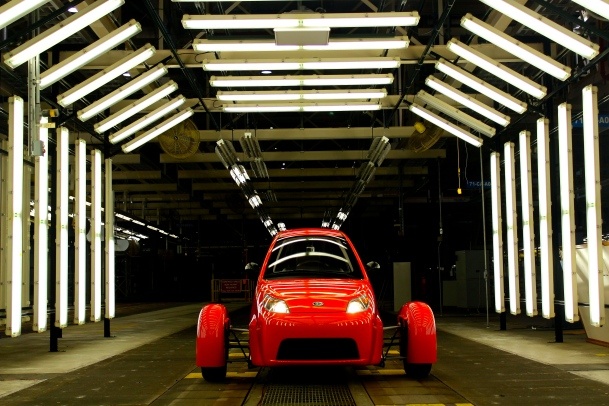Elio Motors Momentum v108


A vehicle’s color is indisputably important. With a wide spectrum of colors to choose from, the color of a vehicle is a way for the driver to express themselves. As a part of our manufacturing and launch series, we will take another look at the painting process that will take place in our manufacturing facility.



A vehicle’s color is indisputably important. With a wide spectrum of colors to choose from, the color of a vehicle is a way for the driver to express themselves. As a part of our manufacturing and launch series, we will take another look at the painting process that will take place in our manufacturing facility.

